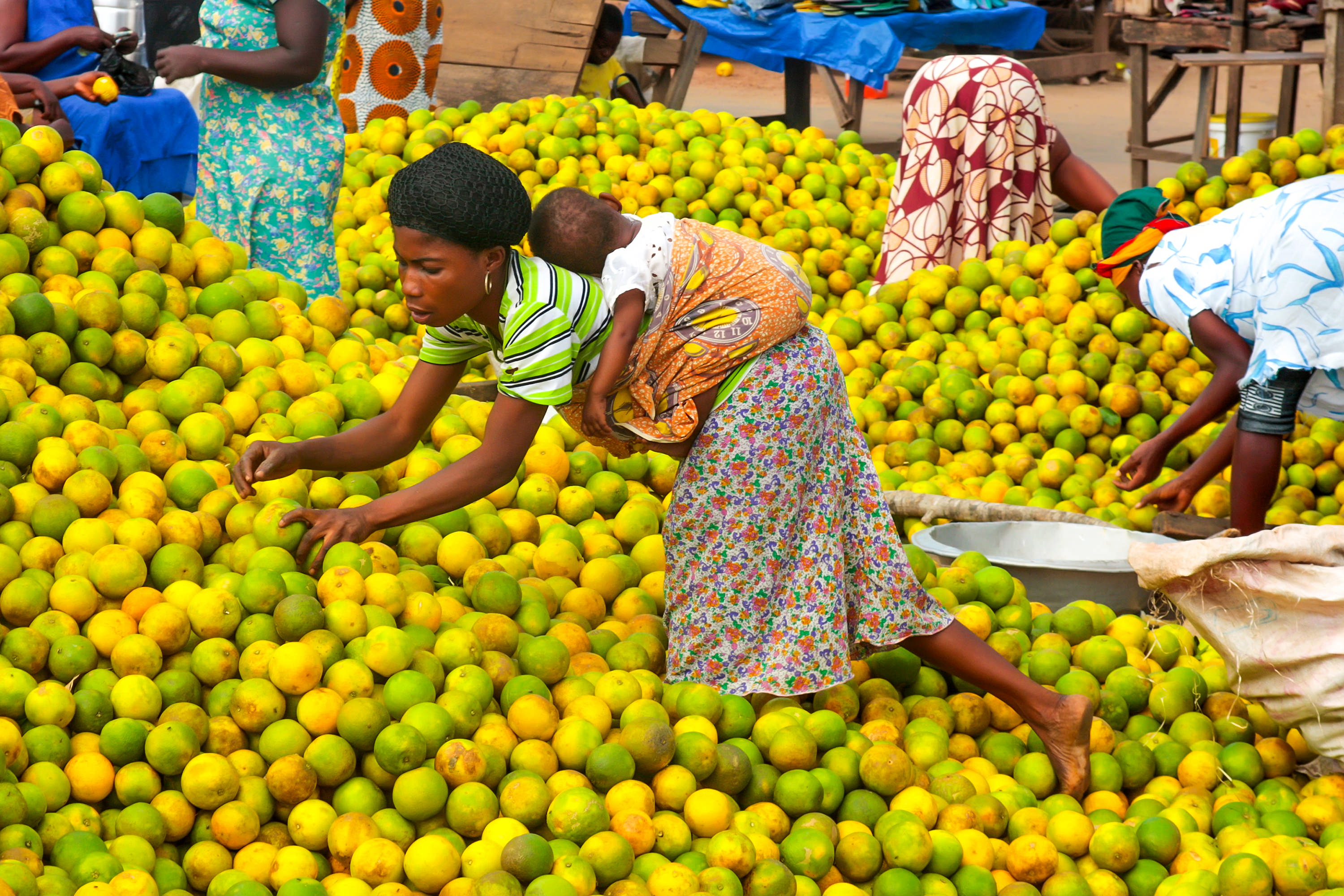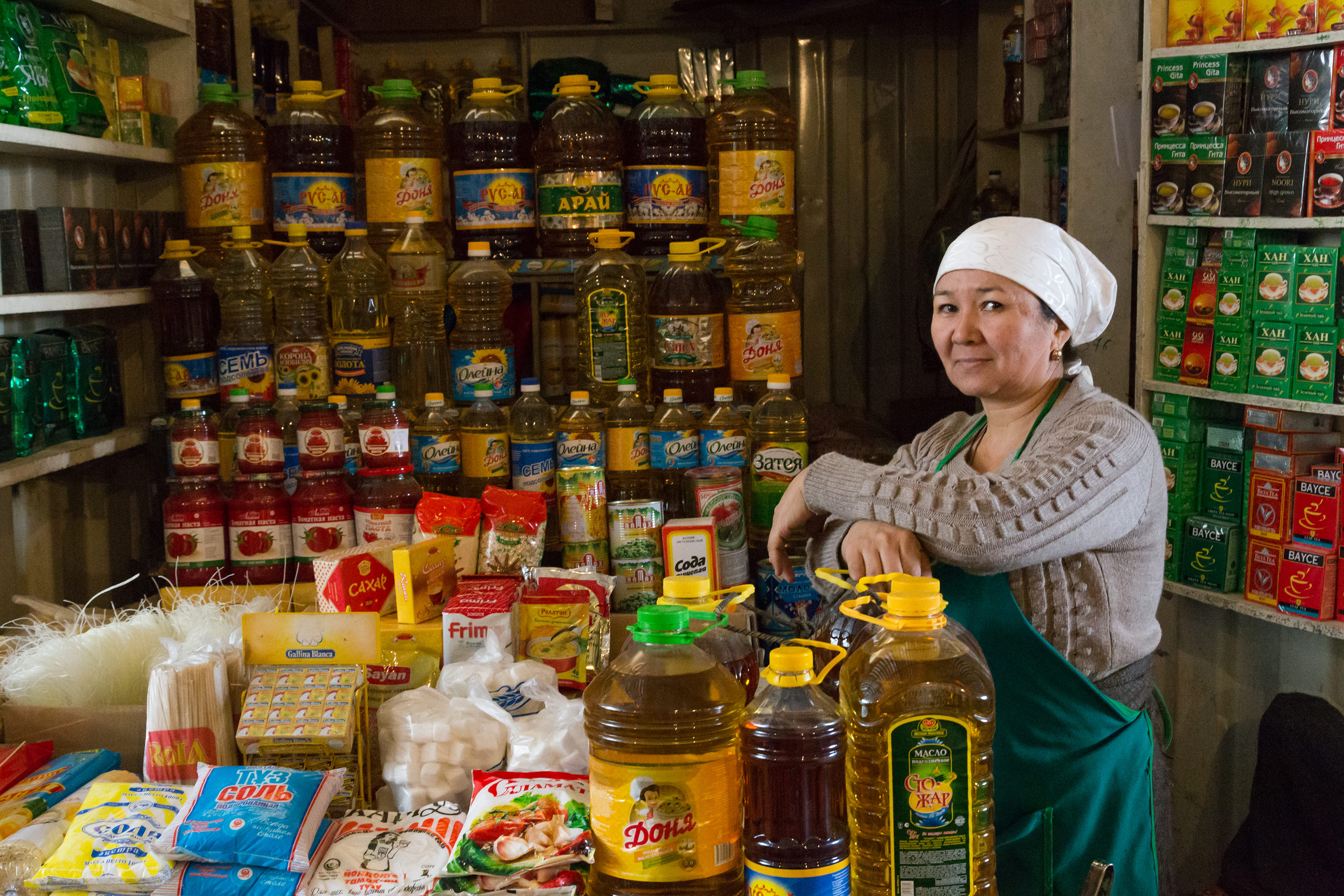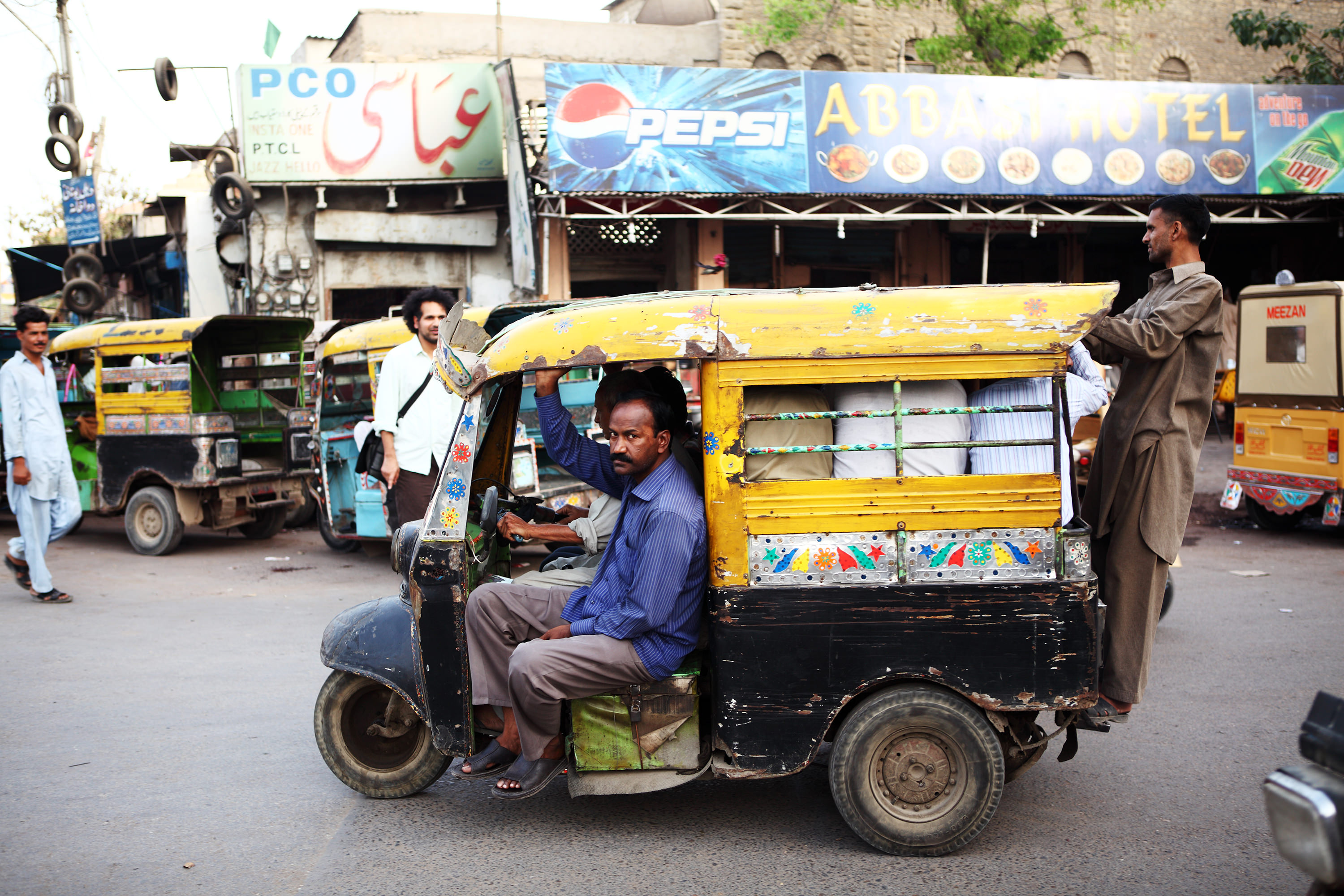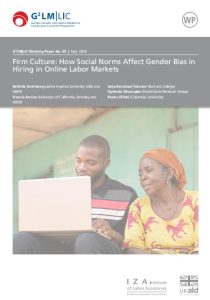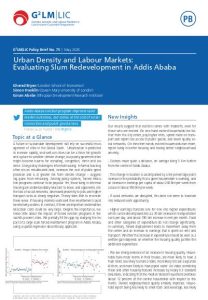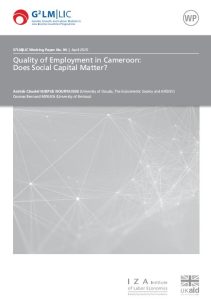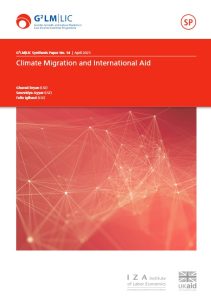Our newest publications
Firm Culture: How Social Norms Affect Gender Bias in Hiring in Online Labor Markets
By Belinda Archibong, Francis Annan, Oyebola Okunogbe, Anja Benshaul-Tolonen, and Ifeatu Oliobi
Social norms that shape expectations of women’s roles within groups can cause gender inequality in employment to persist, even in high information environments. We test this hypothesis using new data from the largest online job platform in Nigeria. We find significant differences in the hiring outcomes of female applicants by hiring manager co-ethnicity. Male...
Urban Density and Labour Markets: Evaluating Slum Redevelopment in Addis Ababa
By Gharad Bryan, Simon Franklin, and Girum Abebe
A future of sustainable development will rely on successful management of cities in the Global South. Urbanization is predicted to increase rapidly, and well-run cities can be a force for growth and a place to weather climate change, but poorly governed cities might become havens for crowding, congestion, crime and violence. A key policy...
Experiments on Social Media
A guide on designing and targeting interventions using LinkedIn Ads
By Anaya Dam and Diego Dabed Sitnisky
This policy brief shares practical lessons on how researchers and policymakers can use LinkedIn’s advertising and targeting tools to run large-scale behavioral experiments and collect survey data. Our proposed project estimates the impact of social media campaigns that target men with behavioural messages on reducing workplace sexual harassment faced by women. Social media provides...
Quality of Employment in Cameroon: Does Social Capital Matter?
By Astride Claudel NJIEPUE NOUFFEUSSIE and Cosmas Bernard MEKA’A
Issues related to job quality are increasingly taking centre stage in professional and scientific circles because of the stakes involved although the determinants of job quality have been widely studied in the literature, little is known about how social capital (index) can affect job quality. To fill this gap, this article examines the effect...
Climate Migration and International Aid
By Gharad Bryan, Sreevidya Ayyar, and Felix Iglhaut
Climate change increases the intensity and frequency of weather events that disproportionately threaten the lives and livelihoods of communities in the developing world. We explore internal and international migration as an adaptive response to climate change by reviewing evidence on the anticipated scale of such migration, as well as who climate migrants might be...


